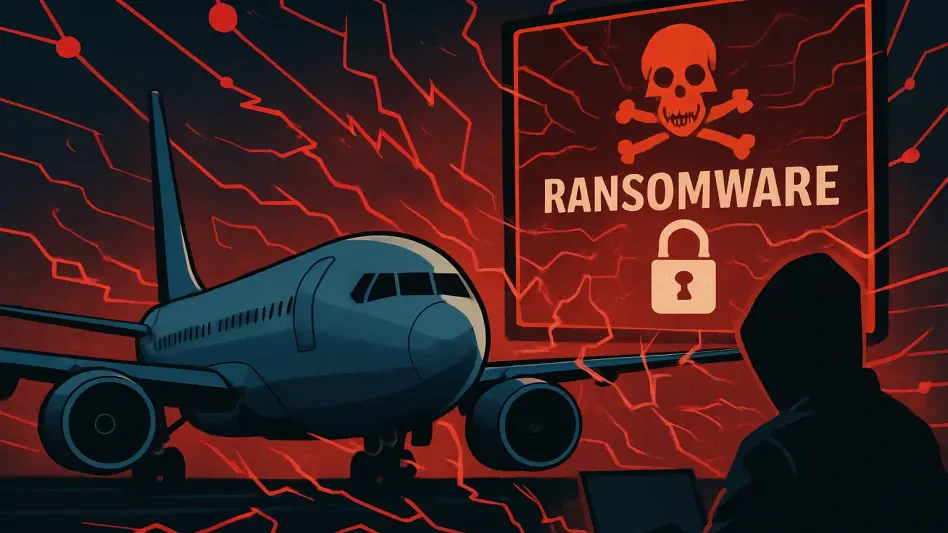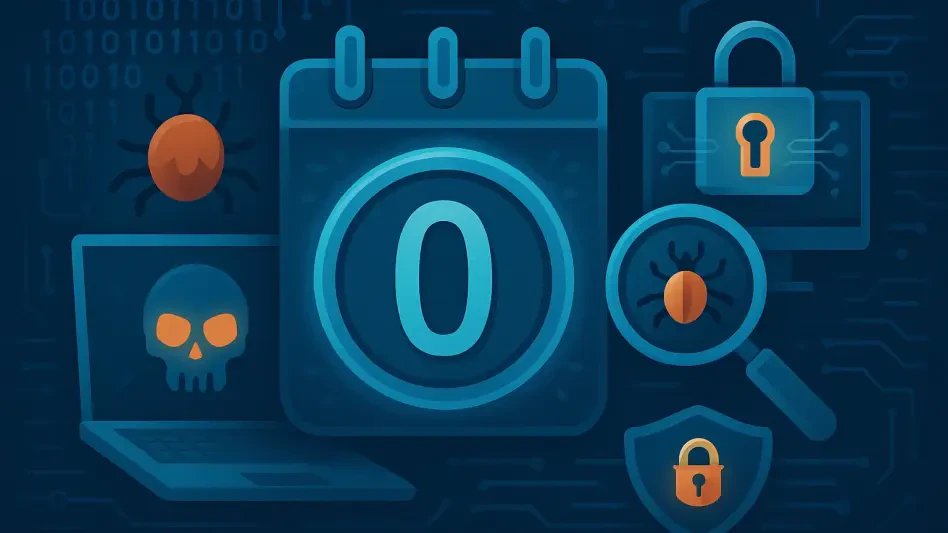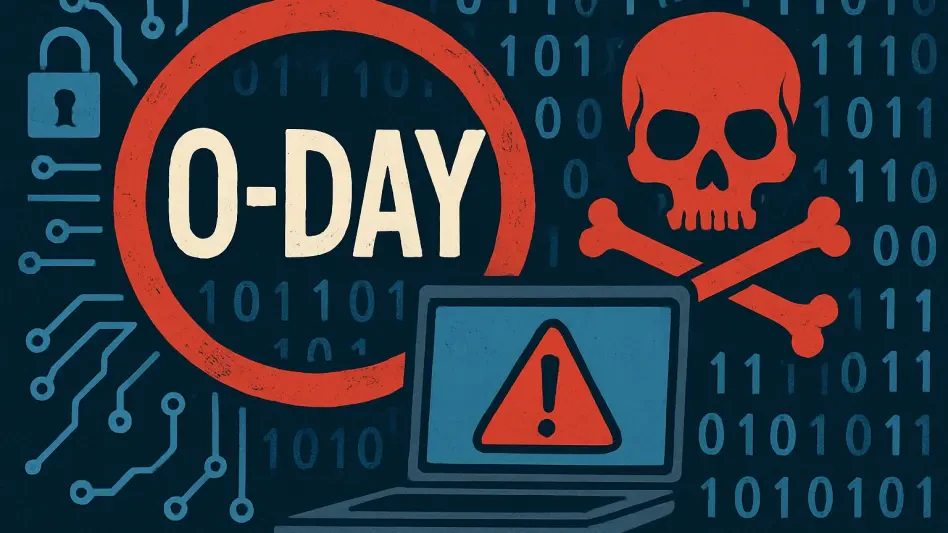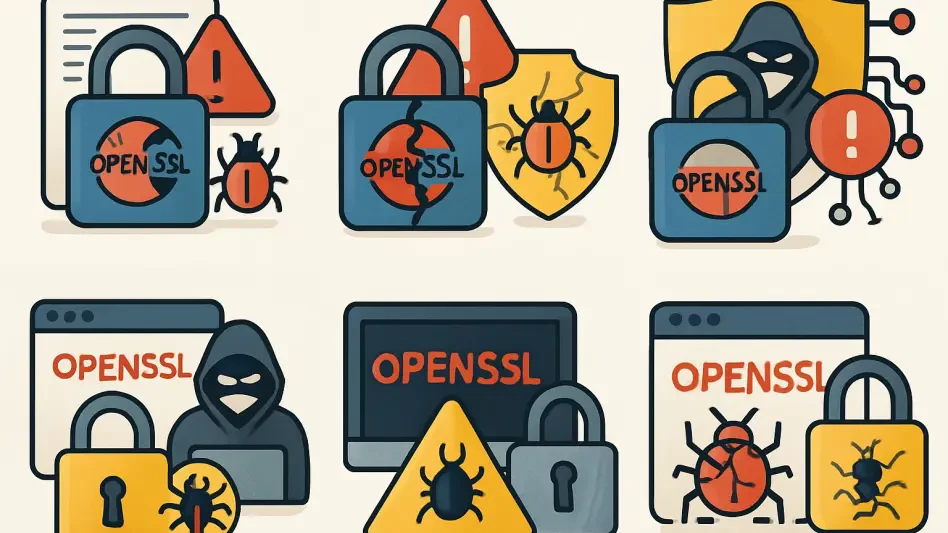The cybersecurity landscape is facing significant challenges with the recent discovery of a critical zero-day vulnerability in Fortinet’s FortiGate firewalls, coupled with the extensive Patch Tuesday updates from Microsoft. These developments underline the escalating threats that organizations must address to maintain robust cybersecurity defenses. As cyber threats become more sophisticated and frequent, the need for immediate and effective responses has never been more evident. The combination of Fortinet’s zero-day vulnerability and Microsoft’s proactive patch management effort showcases the dynamic nature of the cyber threat environment and the constant vigilance required to protect sensitive data and infrastructure.
Fortinet’s Zero-Day Vulnerability: An Immediate Threat
The federal government, along with several cybersecurity firms, has raised alarms about a zero-day vulnerability in Fortinet’s FortiGate firewalls. The immediate and severe impact of this vulnerability prompted the Cybersecurity and Infrastructure Security Agency (CISA) to mandate that all federal civilian agencies apply patches by January 21, 2024. Fortinet confirmed that threat actors are actively exploiting this vulnerability, creating administrative accounts and modifying firewall policies on compromised devices. While Fortinet has not disclosed the full extent of the affected customers, the urgency of CISA’s deadline reflects the gravity of the situation.
Arctic Wolf, a cybersecurity firm, reported observing attacks exploiting this vulnerability even before Fortinet’s official disclosure. These attacks primarily targeted FortiGate firewalls with public internet interfaces, suggesting that the exploitation was opportunistic rather than targeted. This insight highlights the unpredictable nature of cybersecurity threats and underscores the importance of vigilance and rapid response within the industry. The significance of this vulnerability is further emphasized by Benjamin Harris, CEO of watchTowr, who characterized the bug as indicative of zero-day exploitation by an advanced persistent threat (APT) group. Harris urged administrators to be proactive by investigating potential compromise indicators outlined in Fortinet’s advisory.
Persistent Issues from Older Fortinet Vulnerabilities
In addition to the current zero-day vulnerability, cybersecurity experts are raising concerns about persisting issues stemming from previous vulnerabilities. Notably, old vulnerabilities from 2022 affecting FortiGate firewalls continue to pose significant security threats. Recently, hackers released configurations of approximately 15,000 FortiGate firewalls, including sensitive data such as usernames, passwords, and firewall rules. Kevin Beaumont, a prominent cybersecurity researcher, verified the authenticity of this breach, noting that even organizations that patched the 2022 vulnerability might still be at risk if their configurations were previously compromised and are only now being publicly disclosed.
This breach highlights the long-lasting impact that security vulnerabilities can have, especially when exploited configurations are stored undisclosed for extended periods. Another cybersecurity firm, Rapid7, confirmed the data’s authenticity, tying it back to 2022 incidents involving compromised customer firewalls. The disclosure of historic compromised data reiterates that the impact of cybersecurity breaches can extend for years, affecting organizations long after an initial vulnerability is patched. Such breaches underscore the importance of continuous monitoring and reassessment of old vulnerabilities to ensure comprehensive security in an organization’s cybersecurity infrastructure.
Microsoft’s Extensive Patch Tuesday Updates
Coinciding with the issues facing Fortinet, Microsoft rolled out its largest Patch Tuesday in years, addressing 157 CVEs (Common Vulnerabilities and Exposures). This extensive release includes eight zero-day vulnerabilities, three of which are actively exploited and five publicly disclosed ahead of the Patch Tuesday. Two critical vulnerabilities, CVE-2025-21333 and CVE-2025-21334, specifically target the Windows Hyper-V NT Kernel Integration VSP, a crucial component embedded in Windows 11 for various security functions. CISA has directed federal agencies to patch these vulnerabilities by February 4, 2025, indicating the high importance placed on addressing these critical issues.
Cybersecurity experts agree on the necessity of prioritizing these patches due to their potential to allow attackers to manipulate virtual machines, steal sensitive information, and disrupt critical services. Mike Walters, co-founder of Action1, emphasized the risks faced by entities relying on Hyper-V, such as data centers and cloud providers. The extensive Patch Tuesday updates by Microsoft underscore the complexity of patch management in modern IT environments, where the balance between prioritizing patches and maintaining operational continuity must be carefully managed. This Patch Tuesday shows the constant need for vigilance and proactive measures in fortifying cybersecurity defenses.
Urgency and Response in Cybersecurity
The rapid response required by CISA and the swift dissemination of advisories and patches emphasize the dynamic and urgent nature of dealing with critical cybersecurity vulnerabilities. The tight deadlines set by CISA reflect the high stakes involved in safeguarding federal and organizational infrastructure. The increasing sophistication of threat actors is evident in the exploitation of zero-day vulnerabilities and the release of previously stolen configurations. Advanced Persistent Threat (APT) groups remain an ongoing concern, showcasing these attackers’ capability and persistence. Such developments highlight the urgent need for organizations to adopt an agile and proactive cybersecurity posture.
Maintaining such a posture involves regularly updating and patching systems, monitoring for signs of compromise, and responding swiftly to advisories from authoritative bodies. The collective response from agencies like CISA, accompanied by efforts from various cybersecurity firms, underscores the concerted efforts being made to mitigate these risks promptly. This proactive stance is essential for organizations to adequately manage and mitigate the risks associated with both new and historical vulnerabilities. In an increasingly interconnected and targeted digital environment, the importance of this approach cannot be overstated.
Long-Term Impacts and Patch Management Challenges
The cybersecurity field is grappling with major challenges due to the recent identification of a critical zero-day vulnerability in Fortinet’s FortiGate firewalls, along with the comprehensive Patch Tuesday updates from Microsoft. These incidents highlight the growing threats that organizations must address to maintain strong cybersecurity defenses. As cyber threats grow in complexity and frequency, the urgency for immediate and effective responses has never been clearer. The convergence of Fortinet’s zero-day vulnerability and Microsoft’s extensive patching efforts demonstrates the ever-changing landscape of cyber threats and underscores the perpetual vigilance necessary to safeguard sensitive information and infrastructure. Organizations are now tasked with balancing rapid response measures and long-term strategies to defend against these evolving hazards. Staying current with the latest security patches and understanding emerging threats are crucial steps in protecting digital assets in this dynamic environment.







